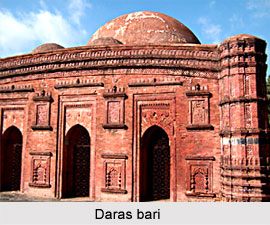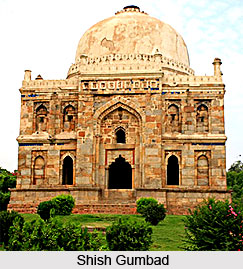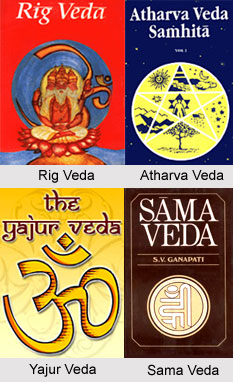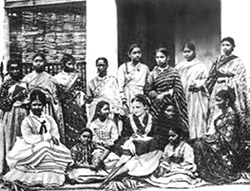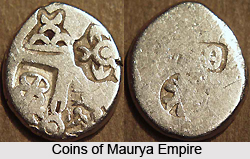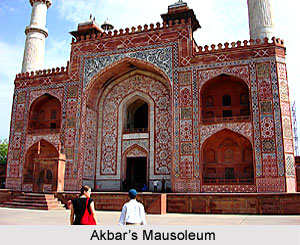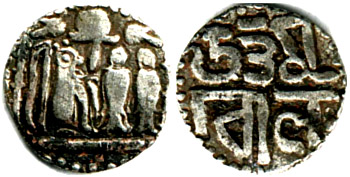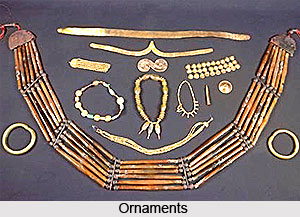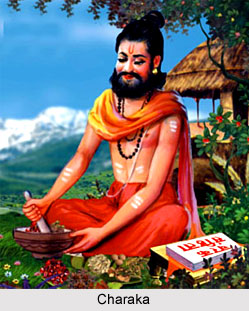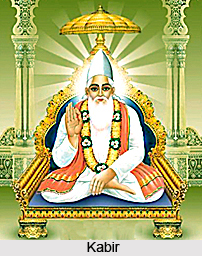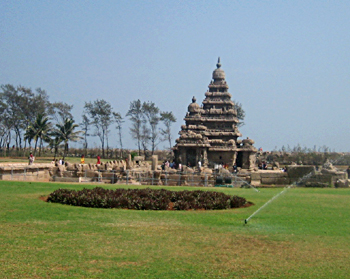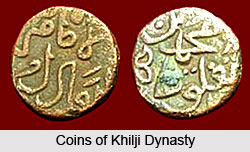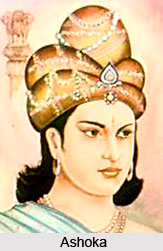The Princely State of Dadhalia, formally known as Dadhaliya, was one of the prominent princely states of India that was administered by a native prince under the guidance of the British authorities. The princely state was under the indirect control of the British Empire in India. The state was scattered over a total area of 28 sq miles and comprised of a total population of 4,062 in the year 1931. The state of Dadhalia was situated in the farthest east of the Sadra Division, which was in the district of Rehwar. The territory consisted of 15 villages. Dadhalia state was surrounded by the princely state of Idar in the north and east; by British India and Idar state in the south; and by the territories of Bolundra and Mohanpur in the west.
The princely state of Dadhalia or Dadhaliya was under the administrative control of the Baroda Agency, which was incorporated as a part of the Western India States Agency. Later the territory was merged with the state of Gujarat. The state was also a part of the Sabar Kantha Agency and the Sadra Division as well.
History of Princely State of Dadhalia
The Sisodia Rajputs were the ruling family of the princely state of Dadhalia. The Sisodia Rajputs were a branch of the native rulers of the princely state of Udaipur. Vikaji, the founder of the native state was granted around 42 villages in the pargana of Bayad by the native ruler of the princely state of Idar. After he requested for more lands, Vikaji was granted the state of Dadhalia and 6 other villages in the year 1674. Later in 1731, when the native princes Anand Singh and Rai Singh of the princely state of Jodhpur took charge of the administration over Idar state, the native rulers of the state of Dadhalia declined to serve under the princes of Jaipur. Later the territory of Bayad was resumed.
The native chief of the princely state of Dadhalia held the title of Thakor. Dadhalia state was amongst the progressive princely states of India, as the Thakor of Dadhalia to several measures for the development of the taluka and the betterment of his subjects. The ruler exercised limited civil and criminal jurisdiction. The state of Dadhalia was a Fifth Class state until the classes were abolished in the year 1928. Dadhalia state paid annual tribute to the princely state of Baroda and the princely state of Idar. According to the Attachment Scheme of 1943, the princely state of Dadhalia was attached to the princely state of Idar.
After the withdrawal of the British and the independence of India on 15th August 1947, the native ruler acceded his state to the newly formed Union of India, also known as the Dominion of India. The erstwhile princely state is presently a part of the Indian state of Gujarat.


